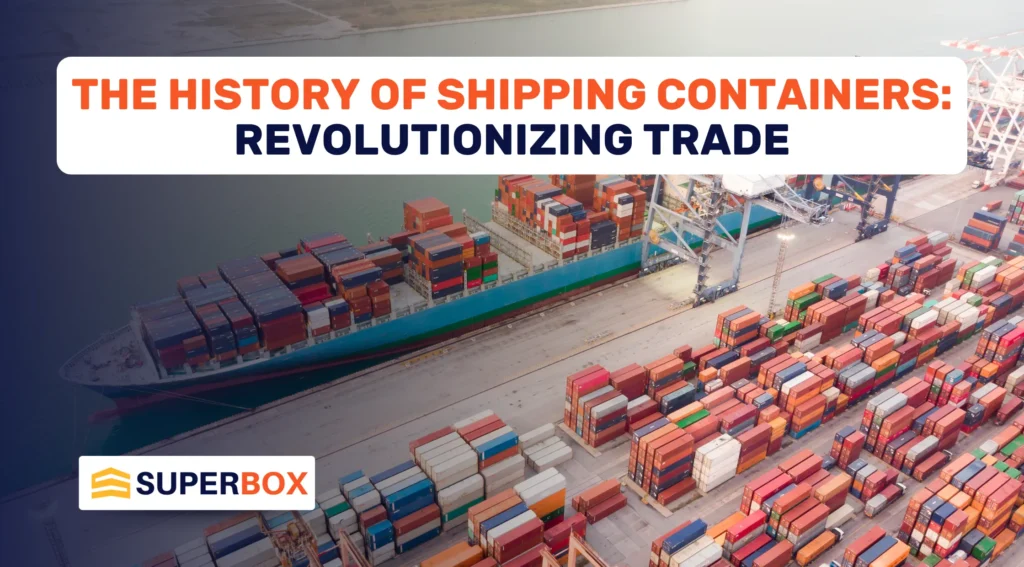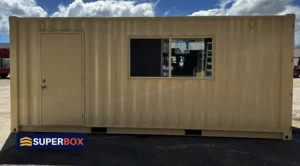Shipping containers might look like plain metal boxes, but they’ve completely changed how we move goods worldwide. Thanks to trailblazers like Malcolm McLean, these containers have made global trade faster, cheaper, and much more efficient. They’ve made loading and unloading goods quicker, cut costs, and made international trade smoother. Explore how this amazing innovation in shipping containers has transformed the shipping industry and continues to boost global commerce.
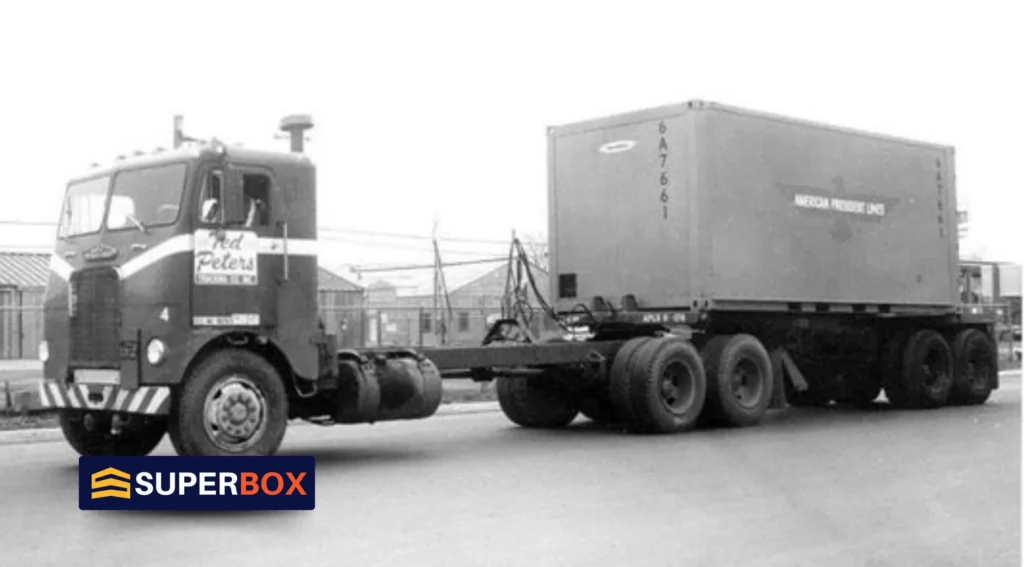
The Birth of an Idea
A. Before Containers
Before shipping containers were invented, moving goods around was a real hassle. The process of loading and unloading cargo was time-consuming and labor-intensive. Workers had to handle everything by hand, which often resulted in damage to the goods and delays.
This made shipping not only expensive but also complicated. The whole process was slow and inefficient, causing many problems for businesses and making it harder to get products where they needed to go.
B. Malcolm McLean’s Vision
Malcolm McLean, who ran a trucking company, noticed how messy and slow the old shipping methods were. He had an idea to solve these problems: use standardized containers that could be easily moved between trucks, ships, and trains. McLean wanted to make moving goods simpler and faster by using containers that were all the same size. His goal was to make the whole shipping process smoother and more efficient, which would help reduce costs and make transporting goods much easier.
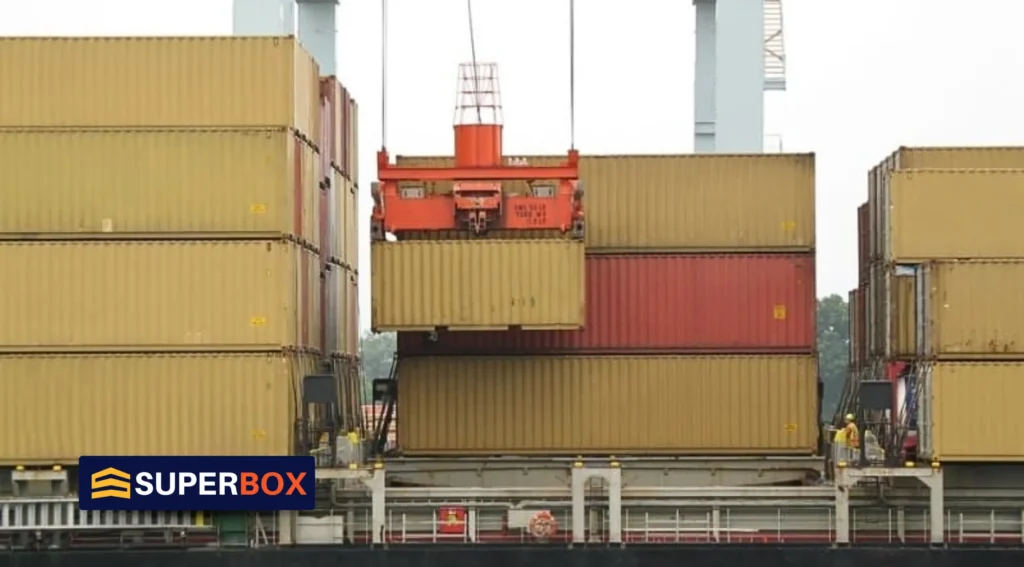
Development and Standardization
A. Engineer Keith Tantlinger’s Contributions
Engineer Keith Tantlinger was crucial in making McLean’s vision a reality. Tantlinger designed the modern shipping container and invented a locking system that kept containers securely attached during transport. This innovation made loading and unloading much quicker and safer. Thanks to Tantlinger, containers could be moved easily between different modes of transportation.
B. Standard Sizes
Standardizing container sizes was key to the success of this system. With uniform sizes, it became much easier to stack and move containers on various types of transportation, whether by ship, truck, or train. This uniformity reduced costs and increased efficiency in the shipping industry. Standard sizes also meant that containers could be used globally, simplifying international trade.
C. Securing Cargo
Containers were also designed to keep cargo secure. They protected goods from damage and theft, ensuring that products arrived at their destination in good condition. This was a massive improvement over the old ways of handling and transporting goods, which often led to losses and damage.
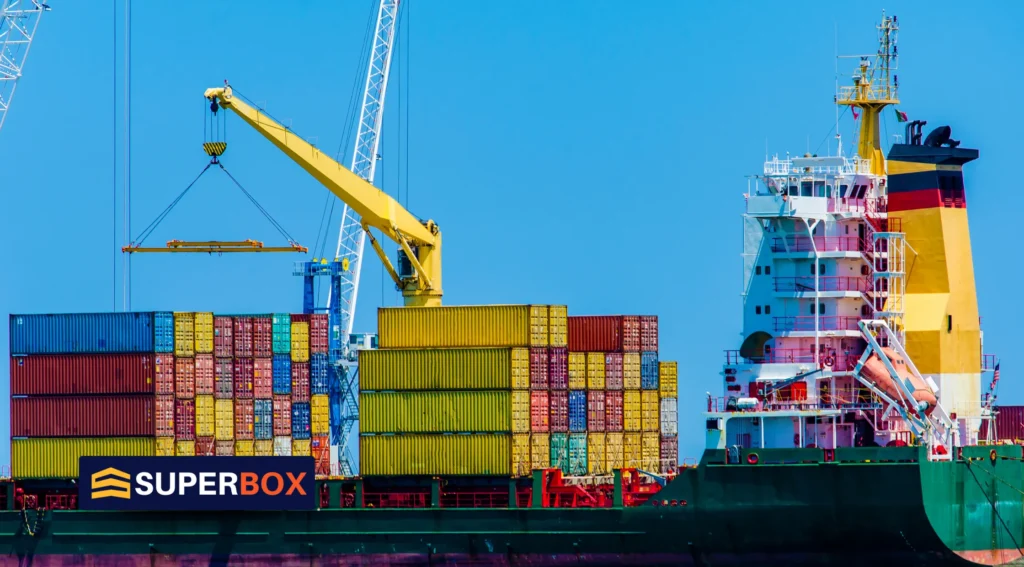
Impact on the Shipping Industry
A. Faster Loading and Unloading
Shipping containers revolutionized loading and unloading processes. What once took days could now be done in hours. This speed helped shipping companies run more efficiently and reduce costs. By making the process faster, companies could handle more cargo and keep things moving smoothly.
B. Increased Efficiency
Containers made moving goods a lot more efficient. They helped lower shipping costs and made it much easier to manage the logistics of transporting items around the world. This efficiency allowed businesses to keep track of their inventory better and respond faster to changes in the market. Overall, containers made the whole process of shipping goods smoother and more cost-effective.
C. Modes of Transportation
Containers work well with different modes of transportation, such as ships, trains, and trucks. This seamless integration made it easier to move goods from one place to another and connect markets worldwide. By using the same containers across various transport methods, global trade became more connected and efficient.
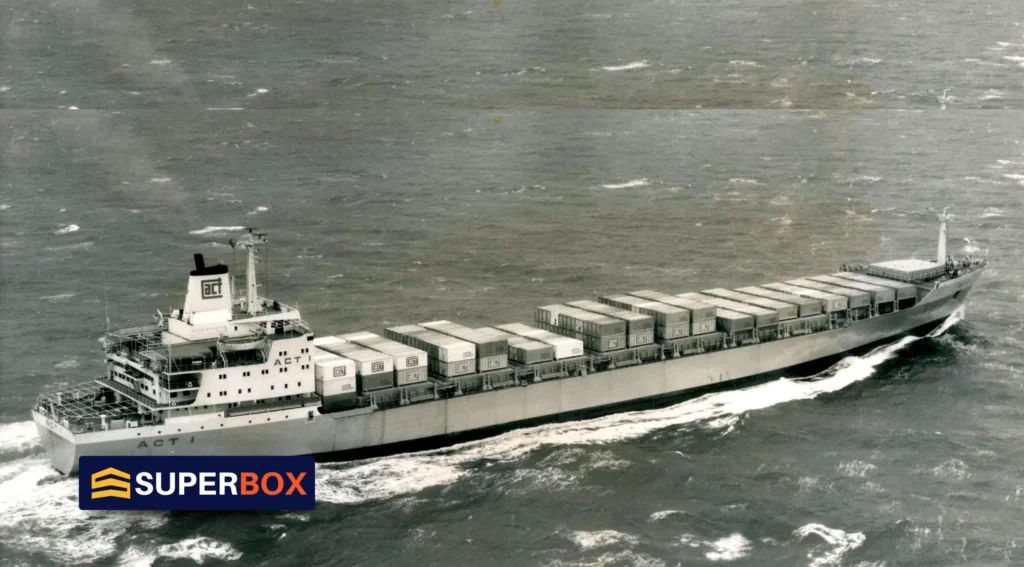
Historical Context and Influence
A. World War II
During World War II, it became clear that the old ways of moving cargo were not working well. The need for better and faster logistics showed that existing methods had serious limitations. This push for efficiency helped speed up the development of container technology. The war proved that finding a better way to handle and transport large amounts of cargo was crucial, not just for the military but also for businesses.
B. Vietnam War
The Vietnam War showed just how useful containers could be for moving supplies to soldiers. Containers made it much easier and faster to get what troops needed, proving their value in military logistics. This success helped show that containers weren’t just good for the military but could also be very helpful for commercial shipping. It confirmed that containers were a smart choice for moving goods in many different situations.
C. Changing Ports and Shipyards
Ports and shipyards had to adapt to handle containers. This led to the development of new equipment and changes in how these facilities operated. Modernizing ports and shipyards supported the growth of global trade and improved the efficiency of moving goods.
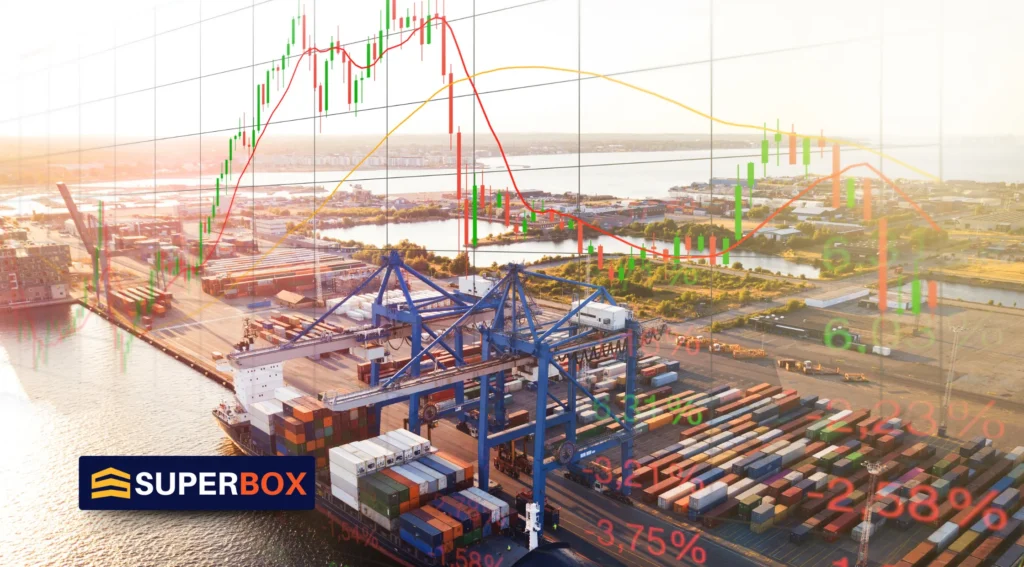
Global Trade Revolution
A. Lower Shipping Costs
Containers played a major role in reducing shipping costs. By making the transport process more efficient, they made it cheaper to move goods worldwide. This cost reduction made international trade more accessible and economically viable.
B. Boosting International Trade
With lower costs and faster shipping, international trade grew rapidly. More businesses could buy and sell goods globally, opening new markets and opportunities. Containers helped expand the reach of businesses and connect them to markets around the world.
C. Improving Supply Chains
Containers also improved supply chains. Businesses could manage their inventory better and respond more quickly to changes in demand. This made global trade smoother and more reliable, allowing companies to operate more effectively.

Modern Innovations Inspired by Containers
A. Linux Kernel and Software Containers
The idea of containers has even influenced technology beyond shipping. In the world of software, containerization allows for efficient deployment and management of applications. The Linux kernel, which is a core part of many operating systems, supports these software containers. This shows how the concept of containers has evolved and impacted other fields.
B. Open-Source Technologies
Just as container shipping changed logistics, open-source technologies have transformed software development. Open-source projects make it easier for people to collaborate and innovate, reflecting the same spirit of efficiency and standardization found in container shipping.
Conclusion
The history of containers is a story of huge changes that transformed global trade. Malcolm McLean and Keith Tantlinger played key roles in this transformation, making the shipping industry much faster, cheaper, and more efficient. Containers allowed us to move goods more easily between trucks, ships, and trains, revolutionizing how we transport items around the world.
Thanks to the innovations in the history of containers, loading and unloading cargo has become quicker and safer. These changes helped businesses save money and operate more smoothly. As technology keeps advancing, the lessons learned from the history of containers will continue to influence how we manage and move goods globally. The impact of containers is still felt today and will keep shaping the future of shipping and trade.
Elevate Your Shipping Experience with SuperBox!
Shipping containers have revolutionized global trade by making the movement of goods faster and more efficient. At SuperBox, we’re proud to carry on this tradition with our top-quality shipping containers, designed for ultimate reliability and performance. Our containers are built to handle all your shipping needs, ensuring your cargo reaches its destination safely and on time.
If you’re looking to streamline your shipping process and boost efficiency, we’re here to help. Call us today at 1-866-696-9269 to find the perfect container solution for your business. Discover how SuperBox can make a significant difference in your logistics operations!


